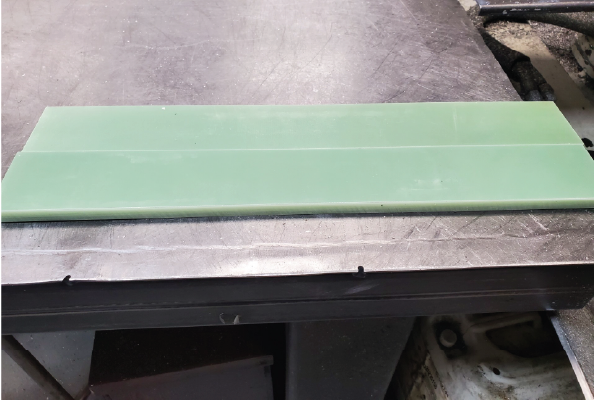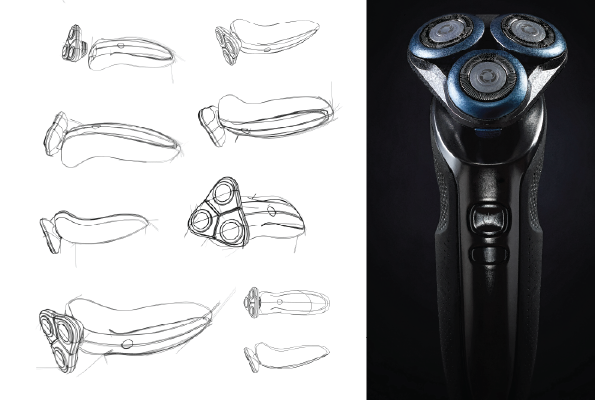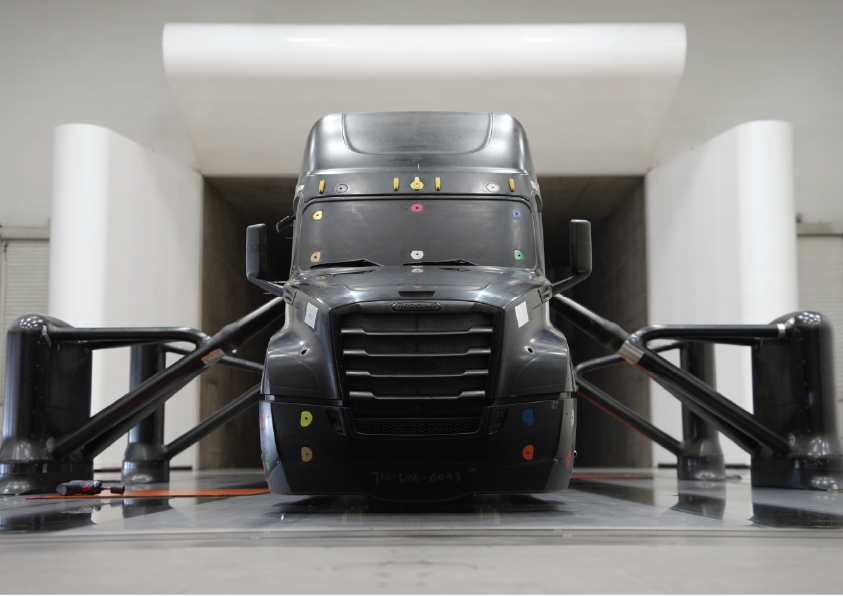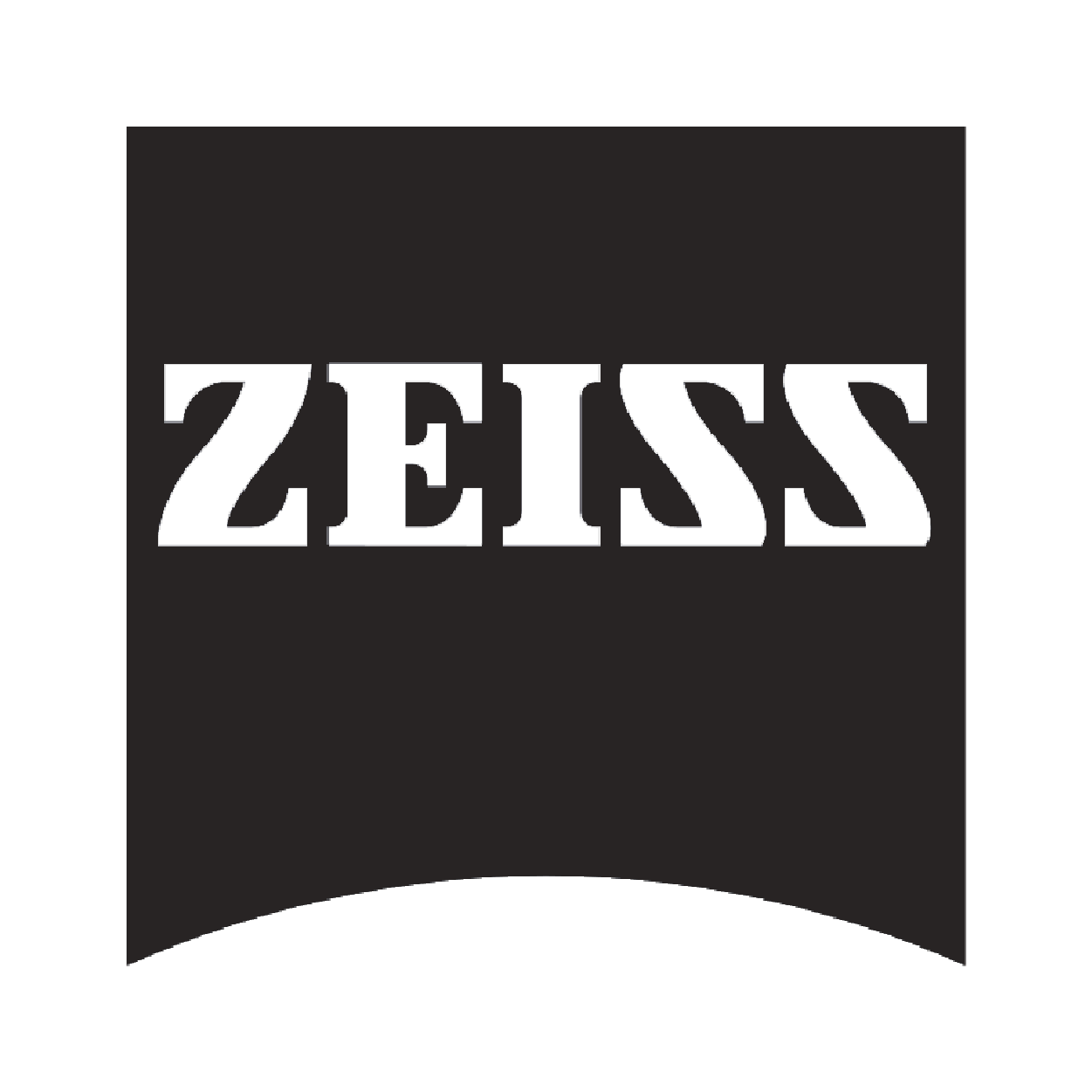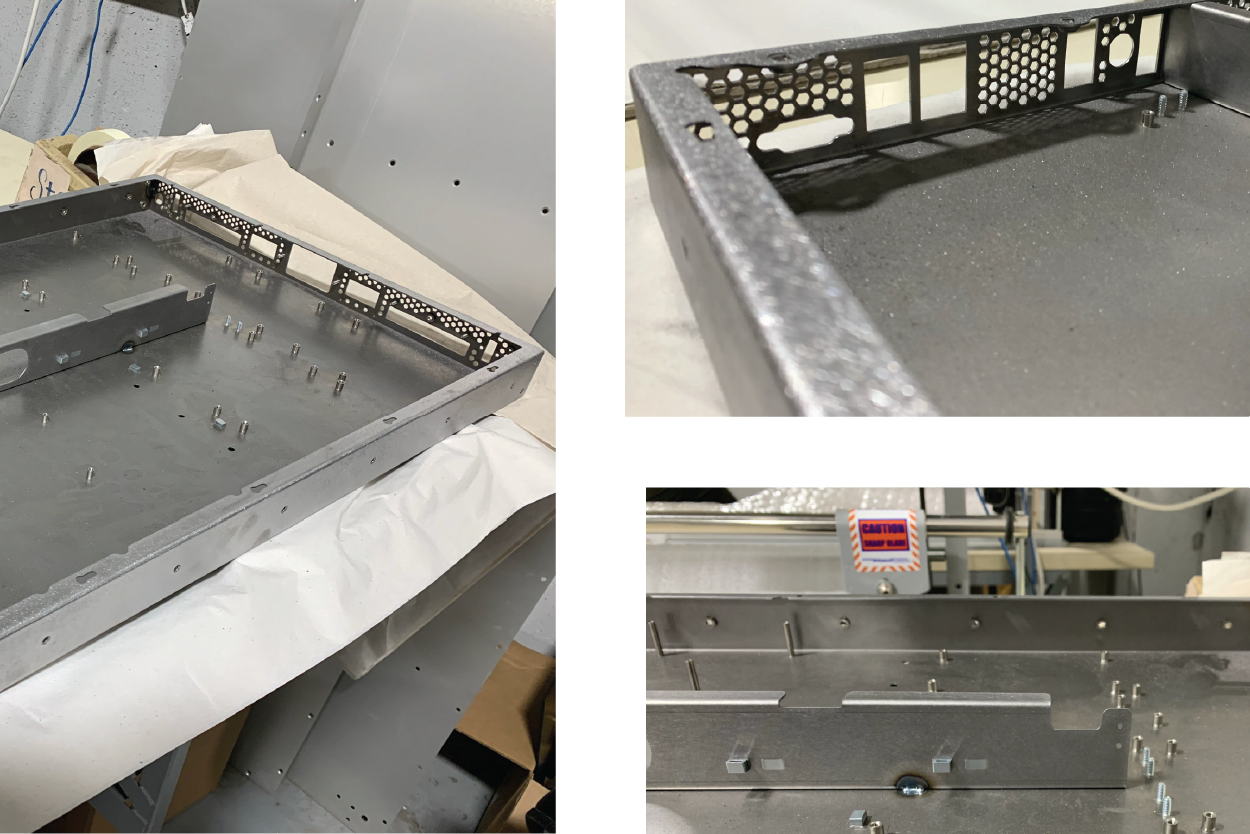
Aerospace engineering thrives on innovation and precision. Crucial sheet metal fabrication processes, a testament to the innovative spirit, constantly push the boundaries of aircraft and spacecraft development.
In this blog post, we will examine the vital role of sheet metal fabrication in the aerospace industry and outline why it is necessary and a fundamental pillar of modern aviation and space exploration.
Why is Precision Sheet Metal Fabrication Important in Aerospace?
Precision sheet metal fabrication is crucial—it’s a cornerstone in the aerospace industry. Prototek manufactures parts that meet the strictest performance standards for aircraft and spacecraft. This level of precision is essential and a testament to the meticulousness and high standards required in this field.
Structural Integrity
Aerospace parts must be strong and lightweight. Precision sheet metal fabrication ensures that these parts can handle the stresses of flight while remaining reliable.
Weight Optimization
Reducing weight is vital for better fuel efficiency and increasing payload capacity. Precision fabrication allows manufacturers to build lighter parts without sacrificing strength or durability.
Aerodynamic Performance
The design and finish of sheet metal parts affect how well an aircraft or spacecraft moves through the air. Accurate fabrication techniques shape these parts correctly to improve airflow and reduce drag.
Safety and Reliability
Safety is the top priority in aerospace. Precision sheet metal fabrication is a key element in our commitment to lower the risk of defects and inconsistencies, providing a reassuring level of safety and performance for essential components.
Customization and Complexity
Aerospace often needs unique and complex parts. Precision fabrication techniques let manufacturers create these detailed components with high accuracy.
Regulatory Compliance
Aerospace parts must follow strict rules and certifications for safety and airworthiness. Precision sheet metal fabrication helps manufacturers produce parts that consistently meet these standards.
Standard Sheet Metal Fabrication Services for Aerospace Manufacturing
Here are six crucial sheet metal fabrication in-house services at Prototek that can produce parts for the aerospace industry.
Laser Cutting
This method uses a focused laser beam to cut through sheet metal like aluminum, titanium, and stainless steel. Laser cutting provides precise and detailed cuts, making it perfect for parts such as brackets and support structures.
Waterjet Cutting
This technique uses a high-pressure stream of water mixed with abrasive materials to cut through thick sheet metal. Because it does not produce heat, it keeps the material intact. Waterjet cutting is excellent for making complex shapes and patterns needed in aerospace projects.
Wire EDM
This technique uses a high-pressure stream of water mixed with abrasive materials to cut through thick sheet metal. Because it does not produce heat, it keeps the material intact. Waterjet cutting is excellent for making complex shapes and patterns needed in aerospace projects.
Sinker EDM
This type of EDM uses a specially shaped-electrode to create complex designs. Sinker EDM is suitable for making molds, dies, and detailed features in aerospace parts that need high accuracy.
Welding
Joining sheet metal parts uses different techniques, such as Metal Inert Gas (MIG), Tungsten Inert Gas (TIG), and spot welding. Welding is essential for building strong and reliable structures in aerospace applications.
Assembly
This process combines several sheet metal components into a more significant part. Assembly methods include fasteners, bonding, and mechanical joining, which are critical for ensuring the strength and performance of aircraft and spacecraft.
These fabrication services help aerospace manufacturers produce various sheet metal parts, such as engine casings, control surfaces, mounting brackets, and structural elements, all crucial for safety and performance in the aerospace field.
Common Sheet Metal Fabrication Materials for Aerospace
The aerospace industry uses specific materials to make sheet metal parts. The most common materials include:
Aluminum Alloys
These materials are strong, lightweight, and rust-resistant. Popular types include 2024, 6061, and 7075.
Titanium Alloys
These alloys are known for being strong, lightweight, and able to withstand high temperatures. A common type is Ti-6Al-4V, which is an essential material in parts for structures and engines.
Stainless Steel
This material is strong and resistant to rust and heat. Exhaust systems and engine parts use this material.
Inconel Alloys
Inconel is a group of strong nickel-chromium alloys that resist corrosion and high temperatures. Jet engines and other high-heat parts typically use this material.
Composite Materials
Carbon fiber-reinforced polymers (CFRP) and glass fiber-reinforced polymers (GFRP) are becoming popular because they are strong and lightweight, allowing for flexible designs.
Specialized Alloys
Manufacturers may also use specialized alloys like beryllium copper, Hastelloy, and Monel to meet specific performance needs.
Choosing materials for aerospace sheet metal fabrication is essential. It requires balancing strength, weight, rust resistance, and ease of manufacturing. Precise fabrication methods help create reliable parts that can withstand the harsh conditions of flight and space travel.
Sheet Metal Fabrication Finishing and Post-Processing Finishes for Aerospace
Here are six key techniques for finishing and processing sheet metal in the aerospace industry. Each method helps improve how well aerospace parts work and how long they last:
Painting
This method gives a nice finish and protects parts from damage caused by the environment, such as rust and UV rays. Coatings can be adjusted for color, shine, and texture to meet branding needs and strengthen surfaces.
Powder Coating
This eco-friendly method applies dry powder to parts and hardens them with heat, creating a durable finish. Powder coating sticks well to surfaces and resists chips, scratches, and fading. It is excellent for parts that face harsh conditions in aerospace.
Silk Screening
Using a mesh stencil, designs, logos, or labels get printed directly onto sheet metal. It helps identify components and shows safety instructions or branding. Silk screening can create bright colors and fine details, essential for appearance and industry standards.
Passivation
This process applies a protective coating to metal surfaces to prevent rust and oxidation. The coating creates a barrier that stops moisture and oxygen from reaching the metal, helping it last longer. It also makes the metal look polished and appealing.
Anodizing and Plating
These methods create a protective oxide layer on metal surfaces. Anodizing makes the surface harder and reduces rust while plating increases wear resistance and helps paint stick better. Both methods help aerospace parts last longer and ensure safety.
Electroplating
This process uses electricity to deposit a metal layer onto a part’s surface. It reduces friction and wear, especially in moving parts like gears and bearings. Electroplating also improves the conductivity and appearance of parts, making it useful in aerospace.
These techniques are essential for meeting the aerospace industry’s strict requirements for appearance and function, ensuring that parts can handle the harsh conditions they face during flights.
Quality Assurance in Aerospace Manufacturing
Quality assurance is crucial in aerospace manufacturing. Aerospace products are complex and play a vital role in safety. Maintaining high-quality standards is essential to ensure the reliability and safety of both aircraft and spacecraft.
Rules for Quality
Aerospace manufacturers follow essential rules to ensure the safety and soundness of their products. These rules cover materials, sizes, and performance.
Improving Processes
Companies always look for ways to improve manufacturing. They try to fix problems and make their work faster.
Quality Checks
Manufacturers check their products carefully during production. They look for mistakes to ensure everything is just right.
Supply Chain
Manufacturers should check their suppliers to ensure they receive high-quality materials and parts.
Record Keeping
Manufacturers must track their work. They write down every step they take so they can remember it and find any problems later.
By following these practices, aerospace manufacturers ensure their products are safe and ready to fly.
Why partner with Prototek to have your Aerospace projects made?
Prototek is your reliable partner for aerospace manufacturing. Our advanced facilities and skilled team allow us to bring your aerospace projects to life with a strong focus on quality. We provide several services, including 3D printing, CNC machining, and the star of this post sheet metal fabrication, to ensure you get excellent results on time and within budget.
Work with Prototek and see how our precision and attention to detail can benefit your aerospace projects. All our facilities are in the United States, so your parts are “Made in America.” Also, all facilities meet the AS100D:2016 certification standard!
Are you ready to start your project?
FAQs
Sheet metal fabricated parts in aerospace are used for aircraft fuselages, wings, engine components, and structural supports, enabling lightweight and durable designs.

